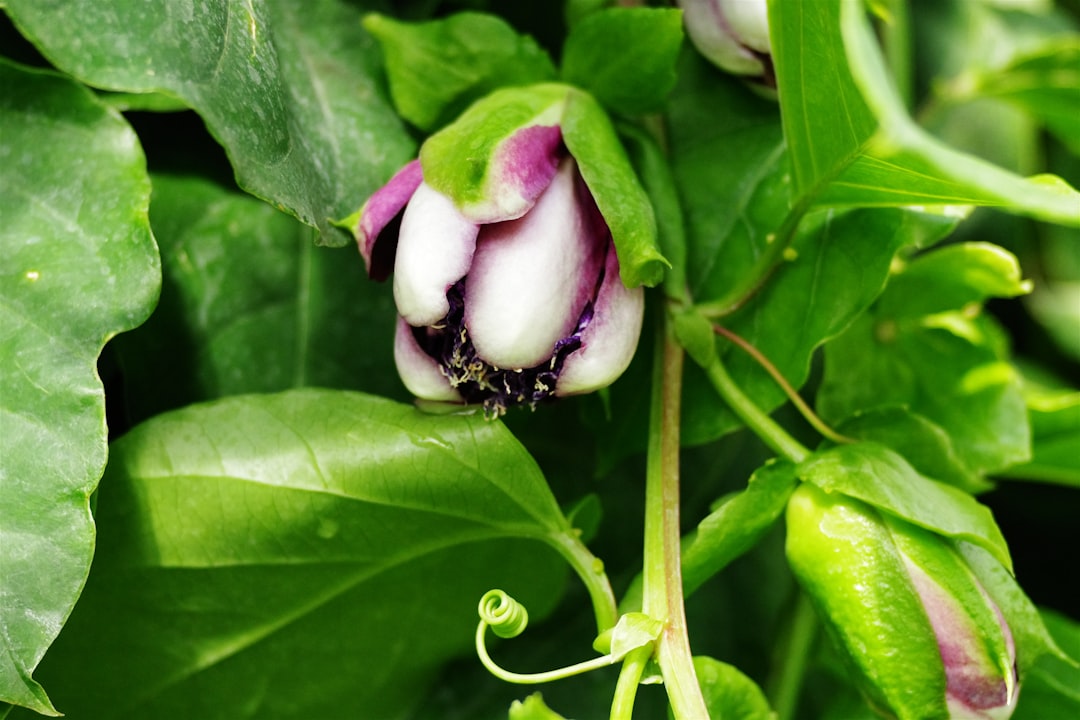The Hidden Longevity of Caladiums in Your Garden

When it comes to bulbs and flowers gardening, there is a wide array of plants to choose from. Among them, caladiums stand out with their unique charm. Often dismissed as mere annuals, these plants are actually perennials with the potential to grace your garden for many years. The key lies in protecting them from the harshness of cold temperatures.
Caladiums are known for their strikingly beautiful foliage. Their leaves come in a variety of colors, patterns, and shapes. Some have heart - shaped leaves with vivid splashes of red, pink, white, and green. These colors can add a pop of brightness and a touch of the exotic to any garden setting. Whether you have a small urban garden or a large rural landscape, caladiums can be a wonderful addition.
One of the reasons why caladiums are often grown as annuals is the common misconception about their hardiness. In regions where winter temperatures drop significantly, these plants seem to disappear after the first frost. However, this is not the end of their life cycle. Caladiums are tropical plants that are native to South America. In their natural habitat, they thrive in warm and humid conditions, which allows them to grow and reproduce year after year.
To ensure that your caladiums last for years, you need to take some precautions during the colder months. Before the first frost hits, it is essential to dig up the caladium bulbs. Gently remove the soil from the bulbs and let them dry in a well - ventilated area for a few days. Once they are dry, store the bulbs in a cool, dry place. A basement or a garage with a stable temperature can be an ideal storage location. Make sure to keep the bulbs away from direct sunlight and excessive moisture.
When spring arrives and the soil has warmed up, it's time to plant the caladium bulbs again. Choose a location in your garden that receives partial shade. Caladiums do not do well in full sun, as the intense sunlight can scorch their delicate leaves. Prepare the soil by adding organic matter such as compost or well - rotted manure. This will provide the necessary nutrients for the bulbs to grow strong and healthy.
Plant the bulbs about 2 - 3 inches deep and 8 - 12 inches apart. Water the newly planted bulbs thoroughly, but be careful not to over - water. Caladiums prefer moist but well - drained soil. As the plants grow, you can fertilize them every few weeks with a balanced fertilizer. This will help to promote lush foliage growth and vibrant colors.
Another aspect of caladium care is pest and disease management. Like many other plants, caladiums can be susceptible to certain pests and diseases. Common pests include aphids, spider mites, and slugs. To prevent pest infestations, keep your garden clean and free of debris. You can also use natural pest control methods such as neem oil or insecticidal soap. In terms of diseases, caladiums can be affected by fungal diseases, especially in wet conditions. Make sure to provide good air circulation around the plants and avoid over - watering to reduce the risk of fungal infections.
In conclusion, caladiums are a valuable addition to any bulbs and flowers garden. Their beautiful foliage and potential for long - term growth make them a plant worth investing in. By taking the time to understand their needs and providing the right care, especially during the cold months, you can enjoy the beauty of caladiums for years to come. So, don't let the false notion of them being just annuals stop you from adding these wonderful plants to your garden. Embrace their perennial nature and watch them transform your outdoor space into a colorful oasis.